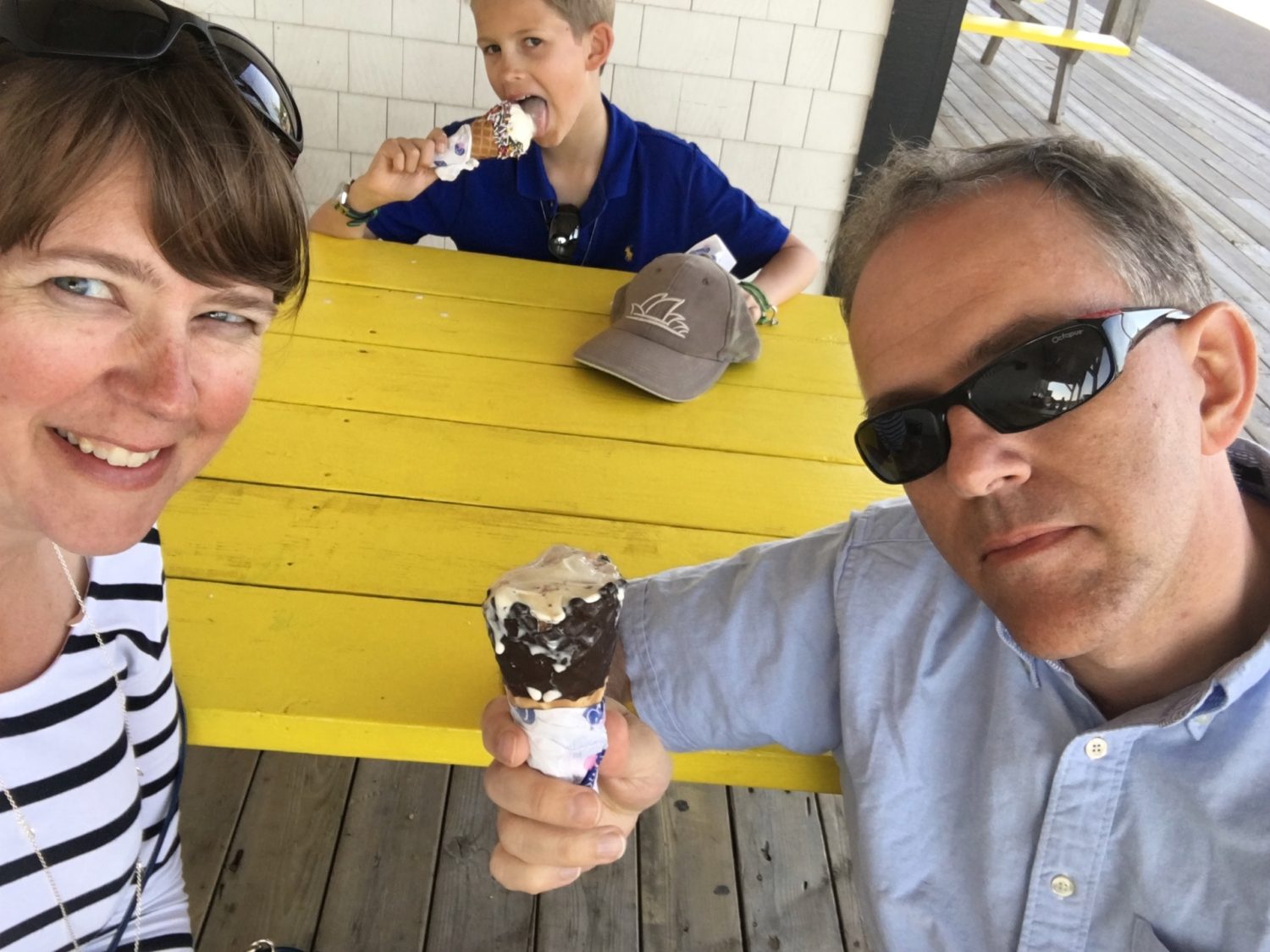(23 June)
We had breakfast at first light. A bit after 7 am we drove the 10-15 min to the Andersson Gate, our entry point for Etosha National Park. Gates open at sunrise, times changes everyday. Today the park was open 7.30 until 18.30. We were the seventh car in line, signed into the park at 7.35.
17 km after the entrance is Okakuejo. Here we had to stop and pay the entrance fee for the park, NAD 80/adult and NAD 10 for the car. Alex was free.
We then headed of on our self-drive in search of wildlife. The roads inside the National Park were of various conditions. Some quite good, others shook up our inner organs pretty good, even at very low speed.
Etosha covers more than 20.000 sq km, and is said to be one of the world’s great wildlife-viewing venues. The charm of Etosha lies in it’s ability to bring animals to you, when parked by a waterhole. The most important rule was to stay in the vehicle at all times, also at the waterholes.
This year the water supply is low, waterholes fairly small. Still, in each one, there were wildlife to be seen. It must be a very harsh environment for the animals, in this stoney desert.
We decided to stay inside the park the whole day, having lunch at Halili Camp. This enabled us to drive almost as far east as possible. We read in the log for recent sightings, that there were a greater chance of lions the further east we drove. That was true, we did spot a male lion in the tall grass at Okerfontein. It got up and walked away, as we moved slowly forward, we then spotted a lioness. According to the sightings log, it was supposedly a family. Maybe the cubs were hiding in the tall grass.
After our stop at Okakuejo waterhole, where we overstayed our planned departure time, with about 10 minutes, we set off towards Andersson Gate. The gate was closing at 18.30, we clocked out at 18.26.
